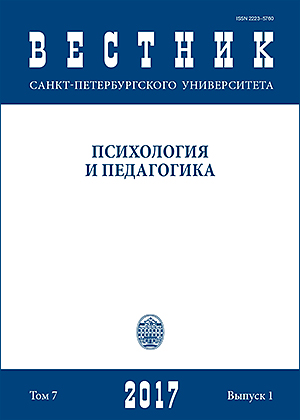Условия возникновения негативного прайминг-эффекта
DOI:
https://doi.org/10.21638/11701/spbu16.2017.104Аннотация
Как показано в ряде исследований, негативный прайминг-эффект (НП), проявляющийся в замедлении реакции на целевой стимул, может наблюдаться после предъявления совпадающего или связанного с ним прайма. Однако эти же условия характерны и для проявления позитивного прайминга. Возникновение НП зависит от целого ряда факторов, причем многие из них, будучи необходимым для возникновения НП в одних условиях, теряют свое значение в других. Мы предполагаем, что ряд возникающих противоречий можно объяснить, если предположить, что в основе негативного и позитивного прайминга лежат независимые процессы, совместно влияющие на время реакции.
Ключевые слова:
прайминг, негативный прайминг
Скачивания
Библиографические ссылки
Загрузки
Опубликован
Как цитировать
Выпуск
Раздел
Лицензия
Статьи журнала «Вестник Санкт-Петербургского университета. Психология» находятся в открытом доступе и распространяются в соответствии с условиями Лицензионного Договора с Санкт-Петербургским государственным университетом, который бесплатно предоставляет авторам неограниченное распространение и самостоятельное архивирование.





